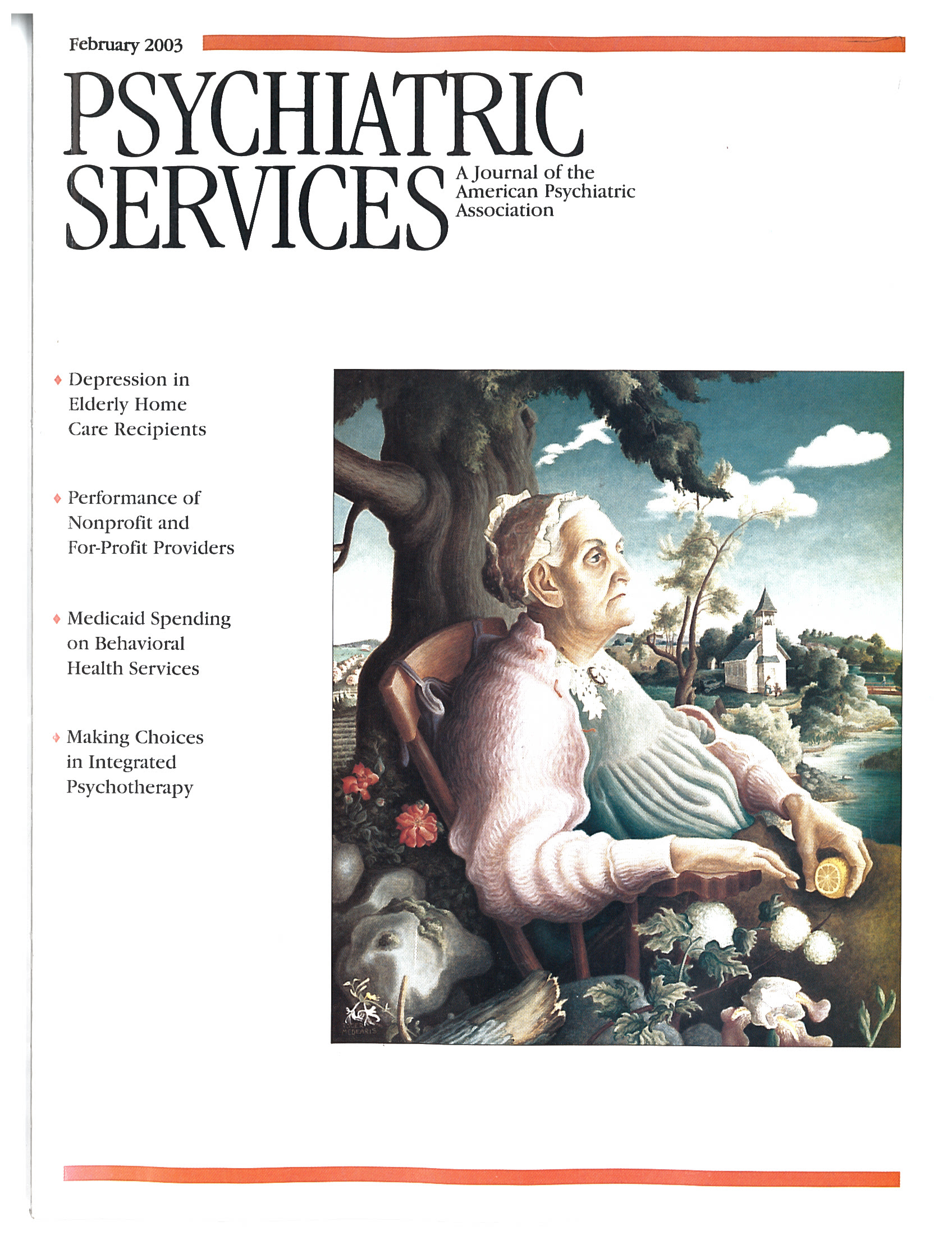Strategies to Decrease Costs of Prescribing Selective Serotonin Reuptake Inhibitors at a VA Medical Center
Abstract
OBJECTIVE: The authors examined the efficacy of a multifaceted intervention designed to contain the cost of prescribing selective serotonin reuptake inhibitors (SSRIs) to inpatients and outpatients served by a Veterans Affairs (VA) medical center. METHODS: Elements of the intervention included identification of a preferred agent, tablet splitting, education and feedback for prescribers, and an electronic record and ordering system to facilitate changes in prescriber behaviors. VA databases were searched for information on use and costs of antidepressants. RESULTS: Over 35 months the number of patients treated with SSRIs and the amount spent on SSRIs increased. However, the mean monthly cost per patient decreased from $57.12 to $42.19. The projected cost savings over the 35 months was approximately $700,000; one-fourth of the savings was due to tablet splitting and three-fourths to changes in the proportions of the various SSRIs prescribed. A survey of the top 75 antidepressant prescribers showed that after the educational interventions, 91 percent were aware that citalopram was the medical center's preferred antidepressant, and 59 percent identified it as their own preferred first-line treatment. DISCUSSION AND CONCLUSIONS: The results suggest that multifaceted interventions can influence antidepressant costs through provider education and changes in pharmacy and computerized information processes, resulting in substantial cost savings for institutions.



